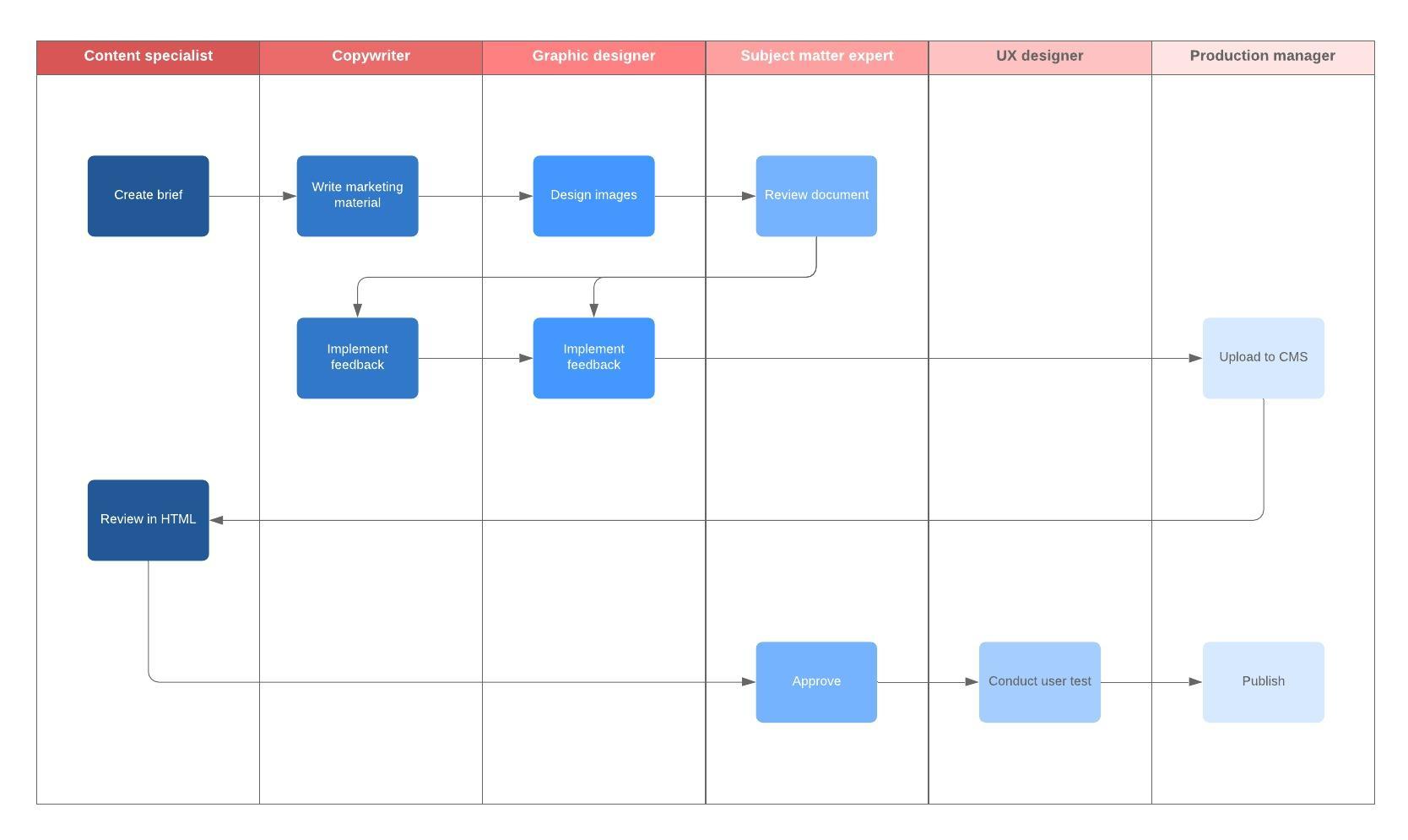

However, EPSON film holders crop the image and being shiny, they cast reflections onto the edges of the Newton's Rings: concentric lines caused by interference. Because the film sits above the glass, they also prevent It's not the printers which limit us, but rather the consumer-grade driverįilm Holders: Flatness, Focus and Newton's RingsĮPSON film holders do a good job of keeping
#Vuescan workflow software
To edit our images, because banding is introduced as soon as we start making corrections in 8-bitĪlso note that some printer software like Quadtone RIP allows us to print on EPSON That approach only makes sense if we're never going Only, there's no need to scan at higher bit depth. Some writers suggest that because consumer-grade printers and monitors are currently limited to 8-bit In color, this is really 48-bit mode, since each of the Red, Green and Blue channels gets 16


Even if we lose half of them, we still end up with a smooth It's much better to work in 16-bit mode if we can. With 8-bit color images, we can quickly get banding in each of the 3 Have that unnatural "digitized" look, with gaps in the tonal scale. By the time we're done, some of our photos may We convert to JPG format, we may lose even more shades. When we open an 8-bit grayscale image for editing, we start out with onlyĢ56 possible shades to work with and we proceed to lose data with each adjustment. Internet, we can always make a JPG file later (8-bit only) but our working file is in PSD format, at The file is smaller than the original TIFF but no quality is lost. Depending on our choice of matting and frame, we may decide to adjust the tones ofįinally, we save the file in the Photoshop PSD format, which uses lossless compression. We can do the same thing in GIMP with the Colorize tool.Īgainst a white background, the image feels different than when against the black background of the To tone the image in Photoshop withĪ warm but subtle color, we can apply a non-destructive Color Fill or Photo FilterĪccording to taste. In our editing tool (Photoshop) the image looks pleasing and natural. And don't sharpen when scanning, for the same reason. Never sharpen the original master file, since sharpening is a destructive

We can make smaller versions for printing or displaying on the web, but It's easiest if we scan at the highest resolution we'll ever need. Scan at High Resolution: Downsize and Sharpen Last
#Vuescan workflow how to
To bypass all tonal corrections, see How to Minimize All Tonal Adjustments below. Perhaps EPSON considers these as normal values: this is not a Practice we should use whatever Gamma value makes the image look best. Should give us a "linear" scan with no disproportionate contrast curve applied but in actual White tones, or pure black.) The right slider is actually past the end of the histogram.įinally, we can adjust the Gamma setting back to normal, namely 1.0. Photographs are not required to contain pure Show the high values naturally, with no clipping or unnatural loss of texture. The right-side setting is light enough to We haveĪdjusted the Input settings so that the dark values on the left side, are just darkĮnough to render the clear film edge as black - but no darker. We have corrected the default Output settings. Correct the EPSON Histogram Before Scanning


 0 kommentar(er)
0 kommentar(er)
